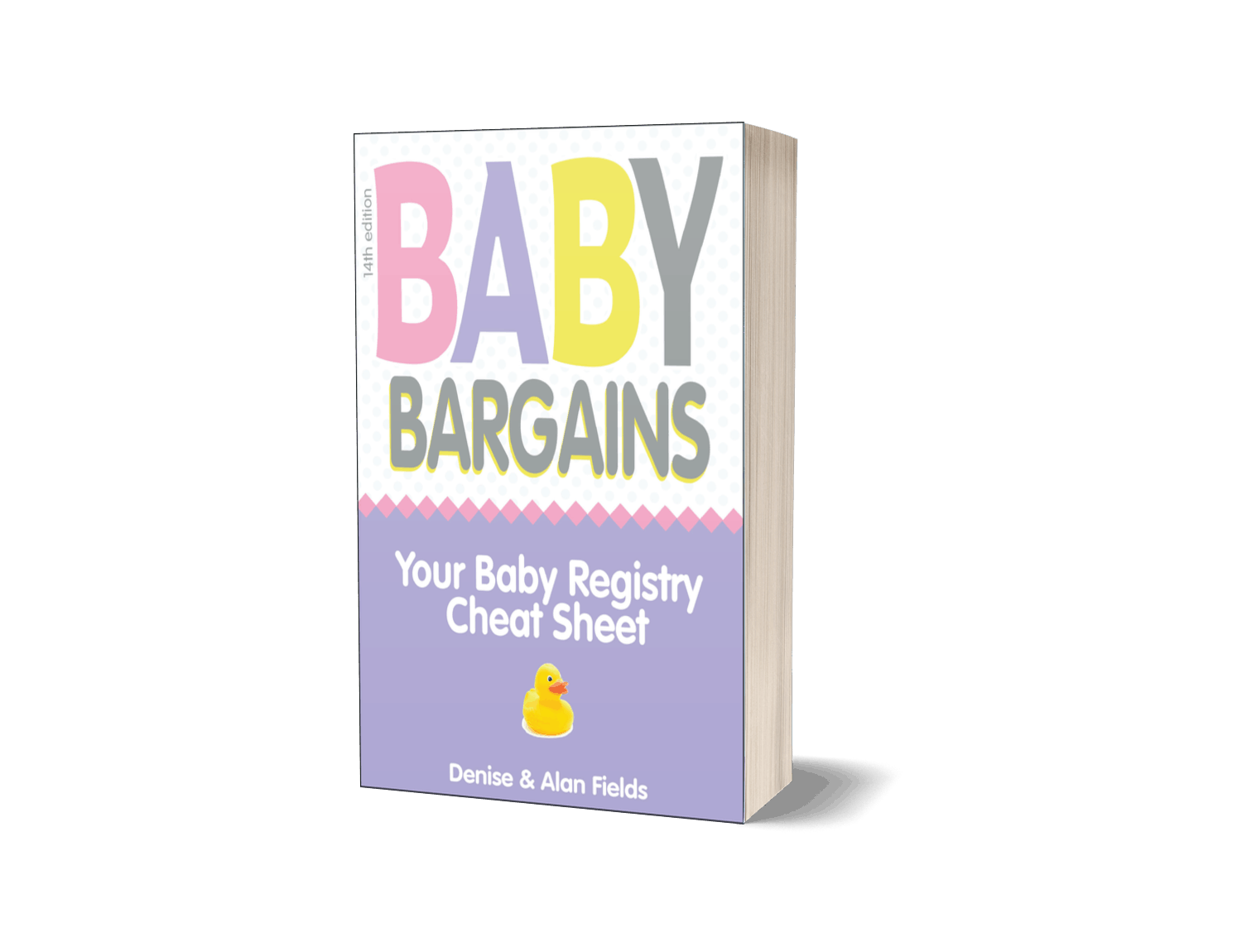Best Sippy Cup: Munchkin Miracle 360 Sippy Cup
We tested 14 sippy cups with actual toddlers before crowning the Munchkin Miracle 360 Sippy Cup as our top choice for Best Sippy Cup.
Yes, there are several kinds of sippy cups—with spouts, with straws and the new fave: rimless cups. Most toddlers start with a spout or straw sippy cup.
Rimless cups are the next developmental step after traditional sippy cups. They look and behave like a lidless cup, but have a control valve that keeps your toddler from spilling the entire contents when you’re not looking. These are a great idea for those days when temper tantrums rule the house. Even if your little one threw this cup across the room, the amount of liquid spilled would be minimal.
The Munchkin Miracle 360 allows your child to sip from any side of the cup (hence the 360 moniker) just like a regular cup. It comes with only three main parts (plus a thin, clear gasket at the top of the cup), is dishwasher safe (top rack) and has a softly textured surface for easy holding. Smaller versions come with handles if your child’s hands are too small to grasp comfortably. Your child activates the cup when she puts light pressure from her lips to the edge of the cup/gasket. When released, the gasket automatically closes.
Picture credit: Baby Bargains
While the cup is pretty good at containing liquid, you can get some leakage with vigorous shaking or if you leave it on its side for a long period of time. Parents also complained the cups can grow mold under the gasket (which can be hard to clean) and the control valve. Careful cleaning and drying is necessary to keep the cup mold free.
However, if your child is at least 12 months old and ready for the transition from a sippy to a more realistic low-leaking cup, the Munchkin Miracle 360 is the best option.
Best Budget-Friendly Sippy Cup: First Years Take & Toss
First Years Take & Toss Spill-proof Sippy Cups are easy on the wallet, yet sturdy enough to be used for up to a year before throwing them out, based on our testing. These affordable cups come in packages with four cups and lids.
The Take & Toss 10 oz. cups are made from BPA- and BPS-free plastic and can be washed in the dishwasher. While they are reusable, the First Years’ selling point is they are cheap enough that you won’t be bummed if you lose one. And if you have a toddler at home, you know that is going to happen.
Our readers are overall pleased with these cups, although they caution Take & Toss cups aren’t completely spill proof if the cap is not on the spout. So we suggest these cups for older toddlers who aren’t spiking their cups like footballs.
If you’d prefer a straw sippy cup, First Years has a straw version as well: First Years Take & Toss Spill-proof Straw Cups are great for older toddlers. One caveat: remember to put the lid on first, then put the straw in the lid. If you snap on the lid with the straw already in it, the seal creates a vacuum which pushes liquid out of the straw and all over you! (Yeah, that wasn’t fun in our testing!).
FYI: Sippy cups with spouts are popular with toddlers, we know, but they are less so with pediatricians and dentists. See below for a discussion of this controversy.
Best Sippy Cup with Straw: Philips Avent My Bendy Straw Cup
We liked Philips Avent My Bendy Straw Cup as the best sippy cup with straw. In our testing, it didn’t leak and was easy to clean. The downsides? Well, the nifty cover that conceals the straw snaps off too easily, in our opinion. Also we see reports that after longer-term use, this cup can start to leak. We didn’t find that in our testing, but we see how that can happen (the valves may wear out over time).
Best Sippy Cup with Spout: NUK First Essentials Fun Grips Hard Spout
Yes, sippy cups with spouts are controversial (see discussion below). But we realize some parents still want a recommendation in this category—in this case, we’d go for Nuk’s First Essentials Fun Grips Hard Spout sippy cup. They performed best in our testing: easy to clean, didn’t leak and smaller toddlers like how easy they were to grip.
That said, a rimless sippy cup (like the Munchkin pick earlier in this article) or one with a straw is what we prefer as sippy cups for toddlers. These are better for infant development and preferred by pediatricians we interviewed for this article.
Why Trust Us
We’ve been rating and reviewing baby products since 1994. In addition to hands on testing and inspection of sippy cups and other items, we have also visited manufacturer facilities and met with safety regulators—and when we travel, we pay our all of our own expenses.
Here’s another key point: we don’t take money from the brands we review. No free samples, no sponsors, no “partnerships.” Baby Bargains is your independent and unbiased source for expert baby gear reviews. We’ve been writing and reviewing baby gear since 1994. Yes, that long!
How we picked a winner
Sippy Cup Smackdown! We tested these “spill proof” cups to see if they could stand up to real toddlers—here’s a sampling of the 14 cups we tested. Our toddler testers sucked on a lot of straws, shook up all kinds of cups and did our best to figure out how to make a “no-leak” a sippy cup leak.
We inspected a top slate of popular sippy cups with straws as well as rimless sippy cups, checking models for overall quality and ease of use—for example, figuring out how much liquid could we extract. We also gather significant reader feedback (our book, Baby Bargains has over 1 million copies in print), tracking cups on quality and durability. Besides interviewing parents, we also regularly talk with pediatricians and dentists to learn about sippy cup concerns. Since we’ve been doing this since 1994, we have developed detailed profiles of manufacturers that help guide our recommendations.
Should you skip the sippy cups with spouts?
Good question! Here’s what we are referring to:
Pediatricians we interviewed suggest skipping these cups. Transitioning from breast or a bottle to a cup is a big step for toddlers. It’s one of the first times you’ll be encouraging real independence from your little one. Once your child can eat and drink independently (without leaving behind a huge mess), life gets a bit easier since you won’t need to be personally involved in every meal! Sippy cups are typically parents’ choice to help with the transition.
But . . . you knew there’d be a “but” . . . you want the right sippy cup. The delivery method is important when it comes to your child’s dental and developmental health. According to our resident pediatric expert, Dr. Ari Brown (co-author of Baby 411 and Toddler 411), spouted lids work just like bottles (your child will tilt his/her head back to drink) so your child doesn’t get to practice for a real cup—that’s not good. Here’s what this looks like:
Straw sippy cups encourage babies to keep their heads forward similar to drinking from a regular cup.
Dentists also note that the flow of the liquid from a spouted cup is directed to the back of the top front teeth. This can easily lead to cavities. Hence, most dentists do NOT recommend using sippy cups with spouted lids.
Speech therapists also worry sippy cups with spouts could contribute to a lisping problem. The American Speech-Language-Hearing Association offers a detailed explanation of potential problems with spouted sippy cups. Their recommendation: straws, which baby can master by about nine months of age. They also recommend helping kids drink from an open top cup once they are around one year of age to help them master independent drinking. Most toddlers can drink from an open top cup by themselves by 18 months.
In light of all this expert advice, we recommend sippy cups with straws or rimless sippy cups (like our top pick above) instead of spouted sippy cups. Teaching your child to drink from a straw is a better strategy for dental health and will make the developmental transition to a lidless cup easier too.
The newest category of sippy cups are called “rimless trainers.” (We recommend one of these cups as our top pick above). From the side, these cups look like a regular cup with no lid. But when you look down from above, you’ll see an insert that impedes the flow of liquid enough to help kids learn to drink from a lidless cup without pouring all of it on themselves. Some rimless trainers are self-sealing, while others just slow down the flow rate.
7 Things No One Tells You About Buying A Sippy Cup!
1. Whenever you can, try helping your child use a real cup, not a sippy cup.
Especially when you’re eating at home, the quickest way to teach your child to drink from a cup is to use a real cup. Now we don’t recommend you just hand your child a full cup of milk in a standard cup, rather you should be helping her. That’s right, hold the cup for her. You can control spills and make sure baby doesn’t start gulping down too much liquid.
2. Pro tip: not all sippy cups are dishwasher safe.
Sippy cups today come with all manners of gaskets and valves that keep liquid in the cup and off your floor. That’s great—but the downside is cleaning. While most of the cups we recommend are dishwasher-safe, there are a few exceptions: some stainless steel cups, for example.
Another key point: remember to dry all the parts thoroughly. Trapped moisture can lead to mold.
3. Handles are good for beginners.
Little hands can’t always hold onto a wide sippy cup so give them a little help in the form of handles. Most sippy cups have options with handles–some, like our top pick from OXO Tot Transitions Straw Cup (pictured), have removable handles. Hence you can start with cups with handles and then transition to handless mode!
4. Get a brush to clean the straw.
One of the frustrations about buying a sippy cup with a straw is cleaning those reusable straws. They can get gunked up, especially when you don’t clean the cup out immediately.
Usually, the straw is two parts: a silicone tip and a harder plastic body, so you want a brush that’s gentle on the silicone, but can handle the harder plastic too. Our favorite is a set of three different size brushes from Hiware. You get two brushes of each size and can clean straws as small as 6mm up to 12 mm. They are dishwasher safe (top rack) too.
5. Weighted straw cups—skip ’em!
What’s a weighted straw sippy cup? This is a cup with a flexible straw to which a weight is added at the bottom. Munchkin makes one of the most popular weighted straw cup, the Click Lock (pictured above). Because the flexible straw is weighted, if you tip the cup up to drink, the weight always keeps the end of the straw in the liquid.
You might think to yourself “this is a great idea! No matter how my baby holds the cup, she’ll be able to drink the liquid.” Yes, that’s true, but when your baby graduates to a regular cup, likely she will dump the entire cup upside down on herself or your kitchen floor. In other words, you aren’t helping your child learn to gently tilt the cup a little bit to drink. You may as well give her a baby bottle.
Another thing to remember, these weighted straws are difficult to clean. Munchkin includes a flexible straw brush, but it’s so tiny it is very easy to lose And to thoroughly clean the straw, you have to remove the weight from the end of the straw. Again, you could lose this small part. So overall, we don’t recommend this type of cup.
6. Introduce water first in a sippy cup, then whole milk at 12 months.
Dr. Ari Brown, our resident pediatric expert and co-author of our best selling Baby 411 book, recommends babies start drinking water at around six months of age. This is a great time to introduce a straw sippy cup with handles. Your baby will likely not immediately take to a sippy cup, rather she may treat it like a new toy. But you can help her by bringing it up to her mouth and helping her put the straw in her mouth.
It can take up to six more months before your baby gets the hang of a sippy cup. If you are weaning from formula or breast milk around one year of age, you should be switching to whole milk. And at this point, Dr. Brown recommends presenting whole milk only in a cup, not a bottle.
7. Say no to . . . . JUICE!
Scary fact: an 8 oz. serving of Tree Top Apple Juice contains 26 grams of sugar. An 8 oz serving of Coca Cola also has 26 grams of sugar. The American Heart Association’s recommended daily amount of sugar for a 12 month old child is only 17 grams of sugar per day. The take-home message: skip the juice!
Would you hand your 15 month old a can of Mountain Dew? Then why hand them a cup full of juice? Even 100% juice is really just a form of liquid sugar. The American Academy of Pediatrics came out with a policy statement in 2017 saying that juice is “absolutely unnecessary for children under one.” Here’s why:
1. Juice provides little nutrition. Vitamin C has to be added to many juices to give them any nutritive value.
2. Juice is filling, which decreases a child’s appetite for more nutritious foods.
3. Drinking juice throughout the day (especially in a bottle or spouted sippy cup) causes sugar build up on the teeth. This, in turn, creates high dental bills.
4. A sugar-loaded diet causes diarrhea.
So, by all means, fill those sippy cups but stick to water or milk (formula, breast or whole).

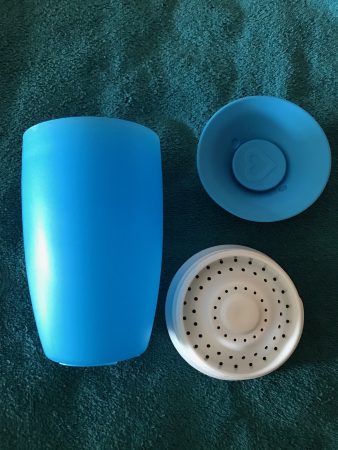
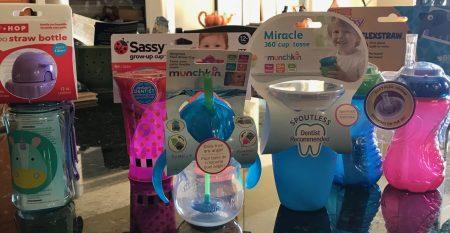
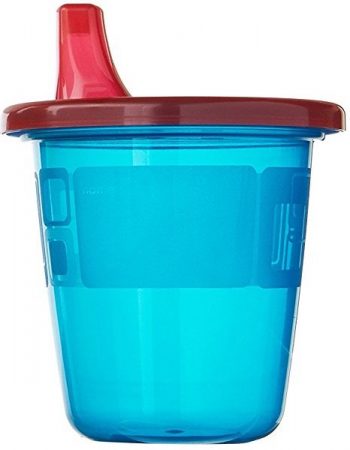
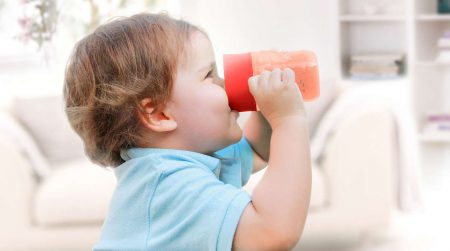
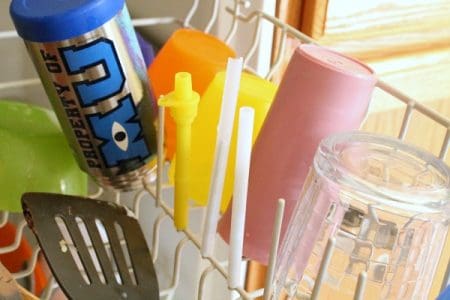

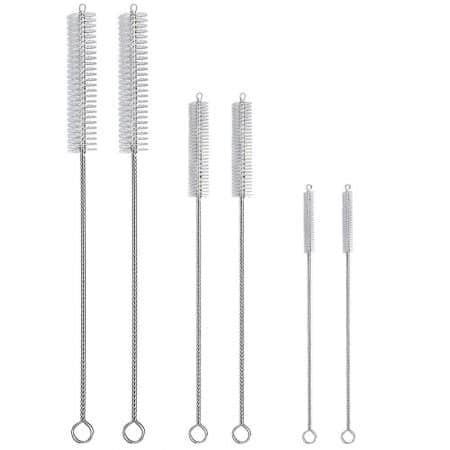
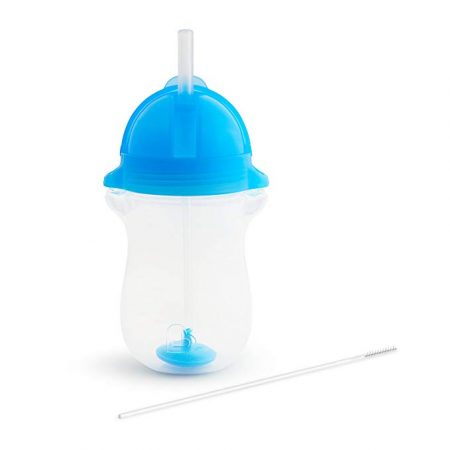
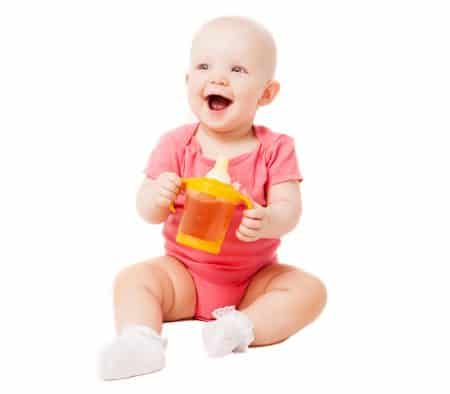
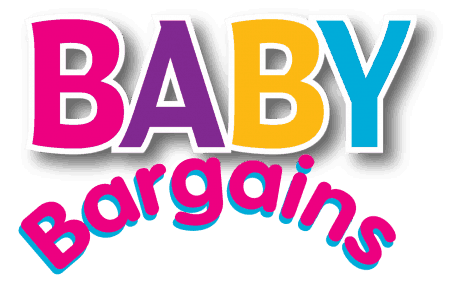
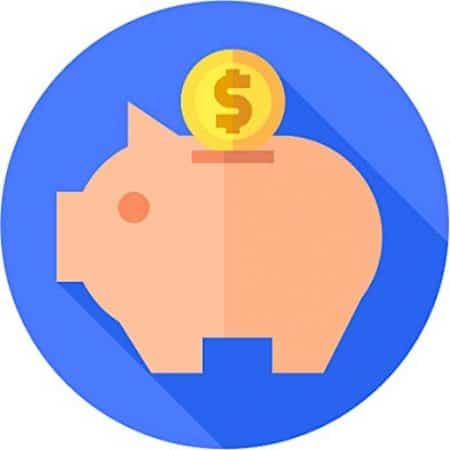 We obsess over gear for families and the home . . . so you don’t have to. Baby Bargains has one mission: help you find the best gear for your family with unbiased reviews by experts with 20 years of experience. At prices that don’t break the bank. When you purchase a product from links on this site, we make a small affiliate commission. Learn more
We obsess over gear for families and the home . . . so you don’t have to. Baby Bargains has one mission: help you find the best gear for your family with unbiased reviews by experts with 20 years of experience. At prices that don’t break the bank. When you purchase a product from links on this site, we make a small affiliate commission. Learn more 
